The Innovative Efficiency of Roller Screens in Waste Management
The Innovative Efficiency of Roller Screens in Waste Management
Introduction to Roller Screens
Roller screens are revolutionizing waste management with their high efficiency, energy-saving capabilities, and environmental benefits. These machines use advanced physical sorting technology to classify and sort garbage based on size and shape. This method not only enhances the sorting process but also supports the broader goals of waste reduction and resource recovery.
Understanding the Mechanism
Roller screens function through a series of rotating cylindrical screens. These cylinders have varying hole sizes that allow different sizes of waste to pass through or be retained. As the waste moves along the rotating screens, it is separated into different categories. This process is crucial for effective waste management, as it ensures that recyclable materials are sorted accurately, thereby reducing the amount of waste sent to landfills.
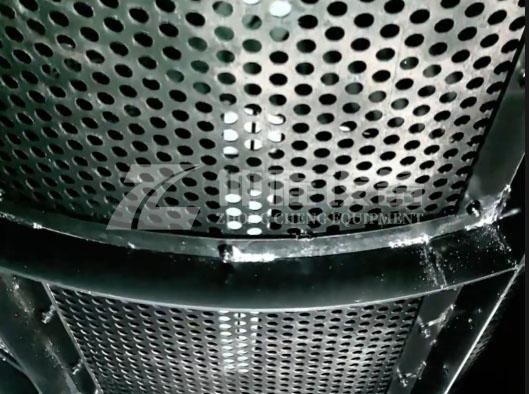
Advantages of Roller Screens
Roller screens offer a multitude of benefits that make them an essential component in modern waste management systems.
1.High Efficiency
One of the standout features of roller screens is their high efficiency. The design and operation of these machines allow for the rapid sorting of large volumes of waste. This efficiency translates to quicker processing times and the ability to handle diverse types of waste, from municipal solid waste to industrial by-products.
2.Energy Saving
In addition to their efficiency, roller screens are known for their energy-saving properties. They require less power to operate compared to other waste sorting technologies. This energy efficiency not only reduces operational costs but also minimizes the environmental footprint of waste management facilities.
3.Environmental Protection
By facilitating the accurate sorting and recycling of waste, roller screens play a pivotal role in environmental protection. They help reduce the amount of waste that ends up in landfills, thereby decreasing methane emissions and leachate production. Furthermore, the recovery of recyclable materials conserves natural resources and reduces the need for virgin materials.
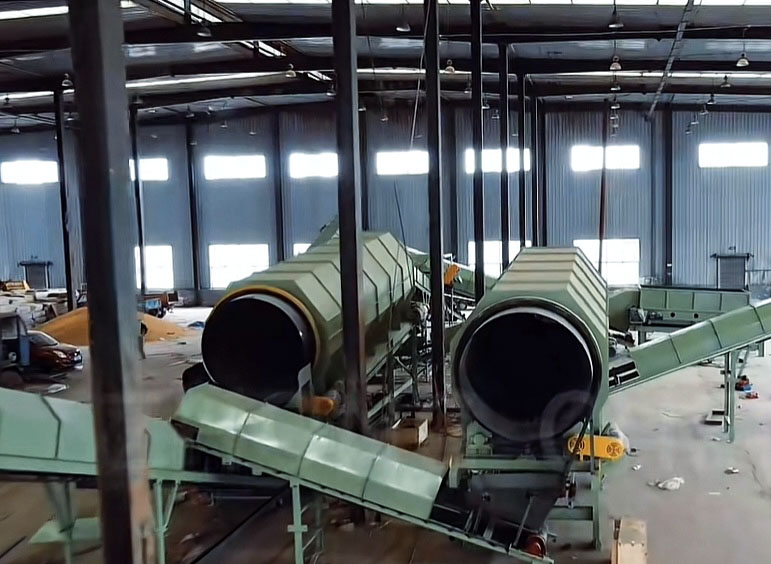
Applications of Roller Screens
The versatility of roller screens makes them suitable for various applications in the waste management sector.
1.Municipal Solid Waste (MSW) Sorting
Roller screens are widely used in the sorting of municipal solid waste. They efficiently separate organic waste, plastics, metals, and other recyclables. This sorting is crucial for municipalities aiming to improve recycling rates and reduce landfill dependency.
2.Industrial Waste Management
In industrial settings, roller screens are used to sort by-products and waste materials. Industries such as mining, construction, and manufacturing benefit from the precise sorting capabilities of these machines. This enables the recovery of valuable materials and the proper disposal of hazardous waste.
3.Recycling Facilities
Recycling facilities rely on roller screens to enhance their sorting processes. These machines can separate materials based on size and shape, ensuring that recyclables are sorted correctly. This improves the quality of recycled products and increases the efficiency of recycling operations.
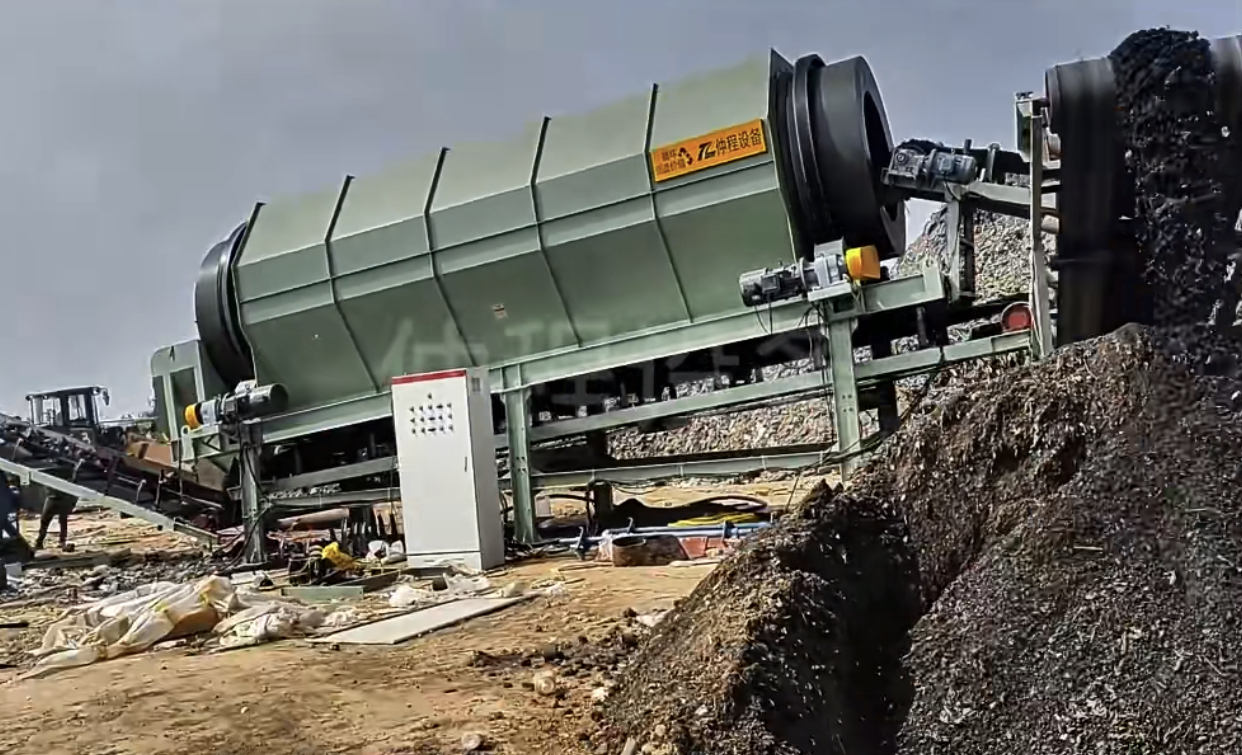
Operational Efficiency
To maximize the benefits of roller screens, it is essential to understand their operational efficiency.
1.Design and Construction
The design and construction of roller screens are tailored to optimize sorting efficiency. The screens are constructed with durable materials to withstand the rigors of continuous operation. The cylinders are designed with varying hole sizes to accommodate different types of waste.
2.Maintenance and Durability
Regular maintenance is vital to ensure the longevity and performance of roller screens. Routine inspections and timely repairs prevent downtime and maintain operational efficiency. The durability of these machines reduces the need for frequent replacements, further contributing to cost savings.
3.Energy Consumption
Roller screens are designed to operate with minimal energy consumption. The rotating motion of the cylinders is energy-efficient, and the machines can process large volumes of waste without requiring excessive power. This energy efficiency is a significant advantage in reducing operational costs and environmental impact.
Challenges and Solutions
While roller screens offer numerous benefits, there are challenges associated with their use.
1.Handling Moist and Sticky Materials
One of the challenges in using roller screens is handling moist and sticky materials. These materials can clog the screens and reduce sorting efficiency. To address this, regular cleaning and the use of anti-clogging devices are recommended.
2.Optimizing Sorting Precision
Ensuring precise sorting requires regular calibration and adjustments. Operators need to monitor the performance of the roller screens and make necessary adjustments to maintain accuracy. Advanced sensors and automated control systems can assist in optimizing sorting precision.
Conclusion: The Future of Waste Management with Roller Screens
Roller screens represent a significant advancement in waste management technology. Their high efficiency, energy-saving capabilities, and environmental benefits make them an essential tool for modern waste sorting and recycling operations. By adopting roller screens, waste management facilities can enhance their operational efficiency, reduce environmental impact, and contribute to a more sustainable future. As technology continues to evolve, the role of roller screens in waste management is set to become even more critical, paving the way for more innovative and effective waste sorting solutions.
-
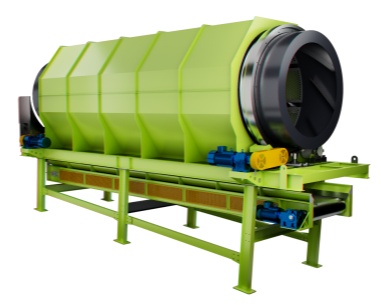 Trommel screenTrommel screen, also known as drum screens, are widely used in various industries for sorting and separating materials.Get Quote
Trommel screenTrommel screen, also known as drum screens, are widely used in various industries for sorting and separating materials.Get Quote -
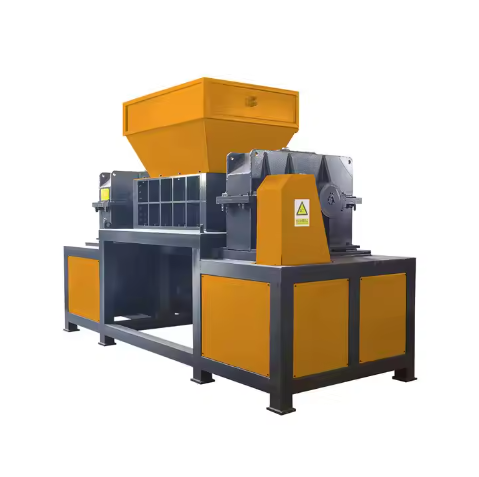 Crop straw double shaft shreddApplications:Biomass Energy Production: Shredded straw can be used as a feedstock for bioenergy plants to produce electricity or heat.Livestock Feed: Reduced-si...Get Quote
Crop straw double shaft shreddApplications:Biomass Energy Production: Shredded straw can be used as a feedstock for bioenergy plants to produce electricity or heat.Livestock Feed: Reduced-si...Get Quote -
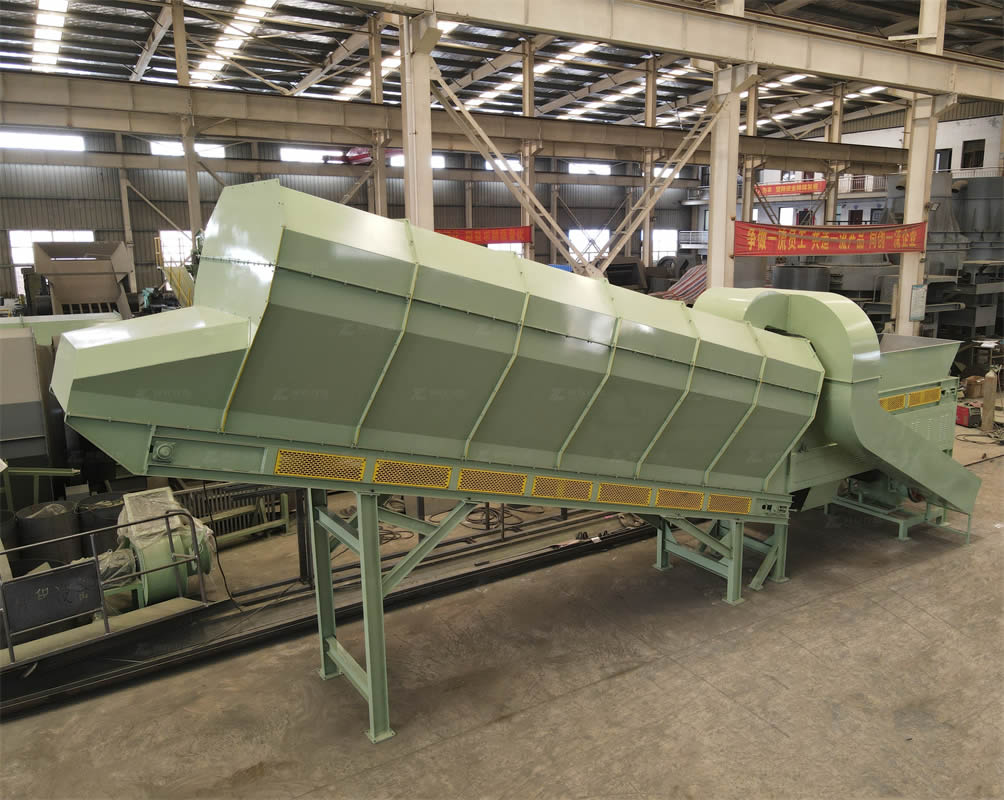 Zhongcheng Air Drum SeparatorAir drum separators effectively separate lightweight materials (e.g., plastics, paper) from heavier materials (e.g., metals, glass). This high efficiency is cru...Get Quote
Zhongcheng Air Drum SeparatorAir drum separators effectively separate lightweight materials (e.g., plastics, paper) from heavier materials (e.g., metals, glass). This high efficiency is cru...Get Quote
-
2024-04-13Wobbler FeederWobbler feeder is a type of feeding equipment that uses rotating elliptical bars, known as wobblers, to separate materials based on size and type before they re...
-
2024-06-05Can the Angle of the Ballistic Separator Be Adjusted?Ballistic separator is a type of mechanical sorting device used primarily in the recycling industry to separate materials based on their physical properties. It...
-
2024-07-16Drum screen garbage processing machine for msw recyclingManaging municipal solid waste (MSW) efficiently is crucial for urban areas. Drum screen garbage processing machines are a game-changer in this field. They ensu...
-
2024-05-18Spring Cone CrusherSpring cone crushers are generally used in the medium and fine crushing links of mine crushing, and are mainly used in the secondary crushing and tertiary crush...
-
2023-01-12Conveyor BeltGarbage conveyor/Trash conveyor belt system is a processing line to classify paper, plastic, metal, glass, and organic matter and realize the recycling of rubb...



